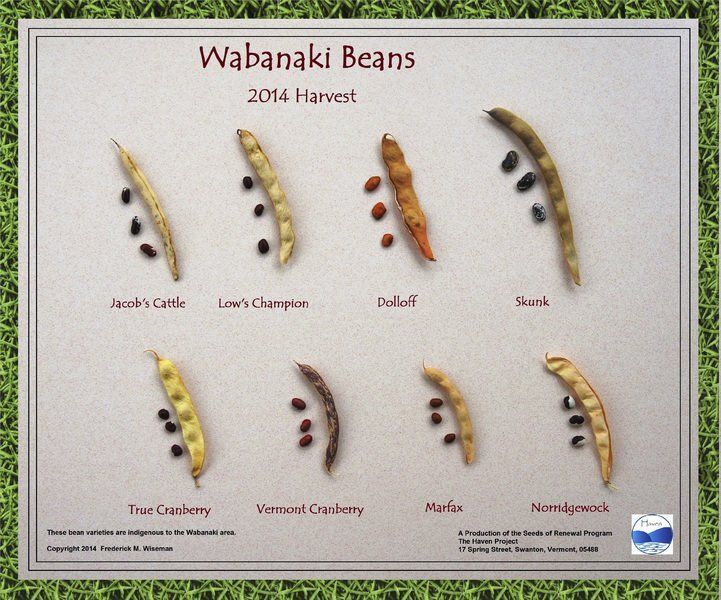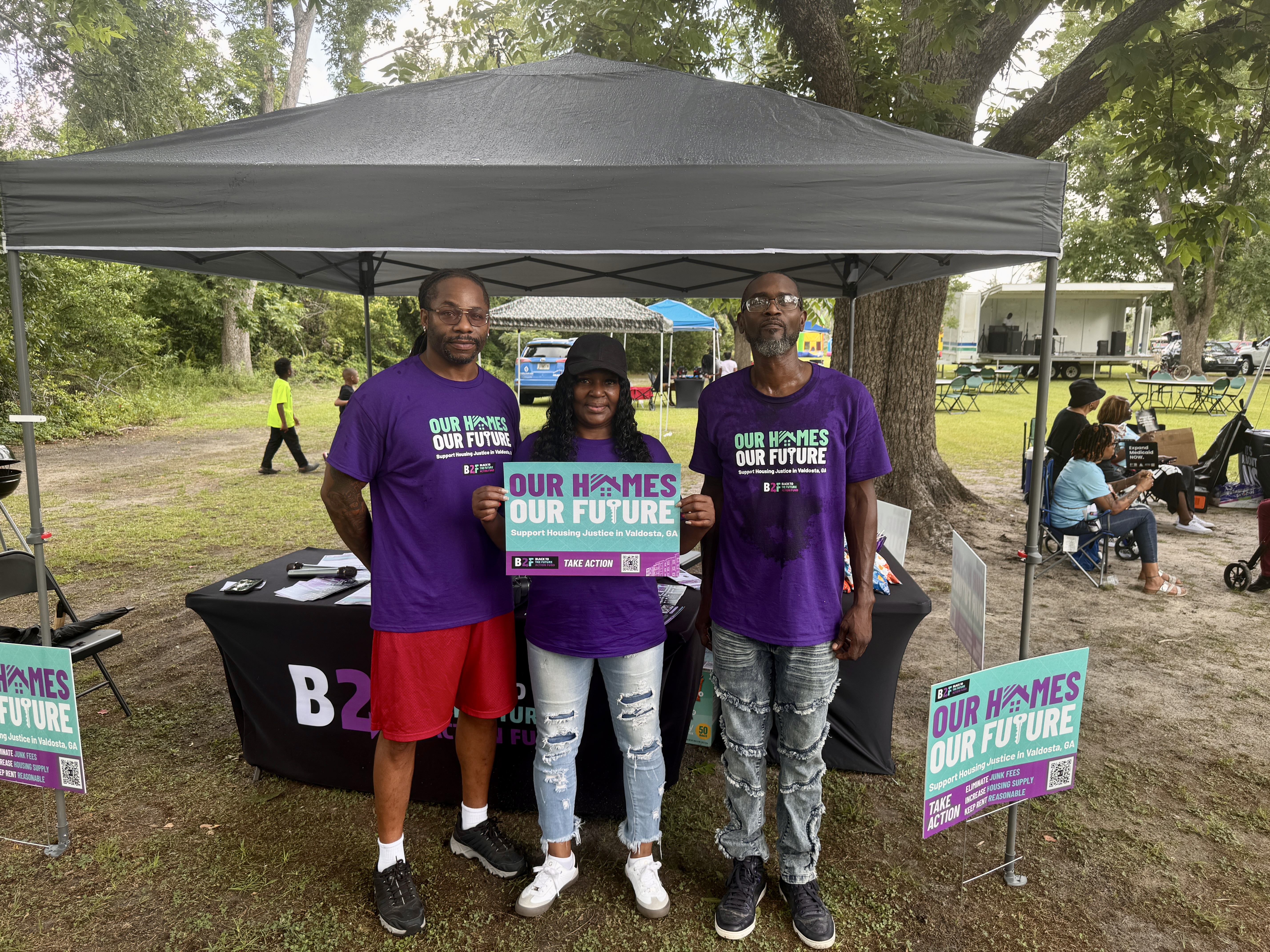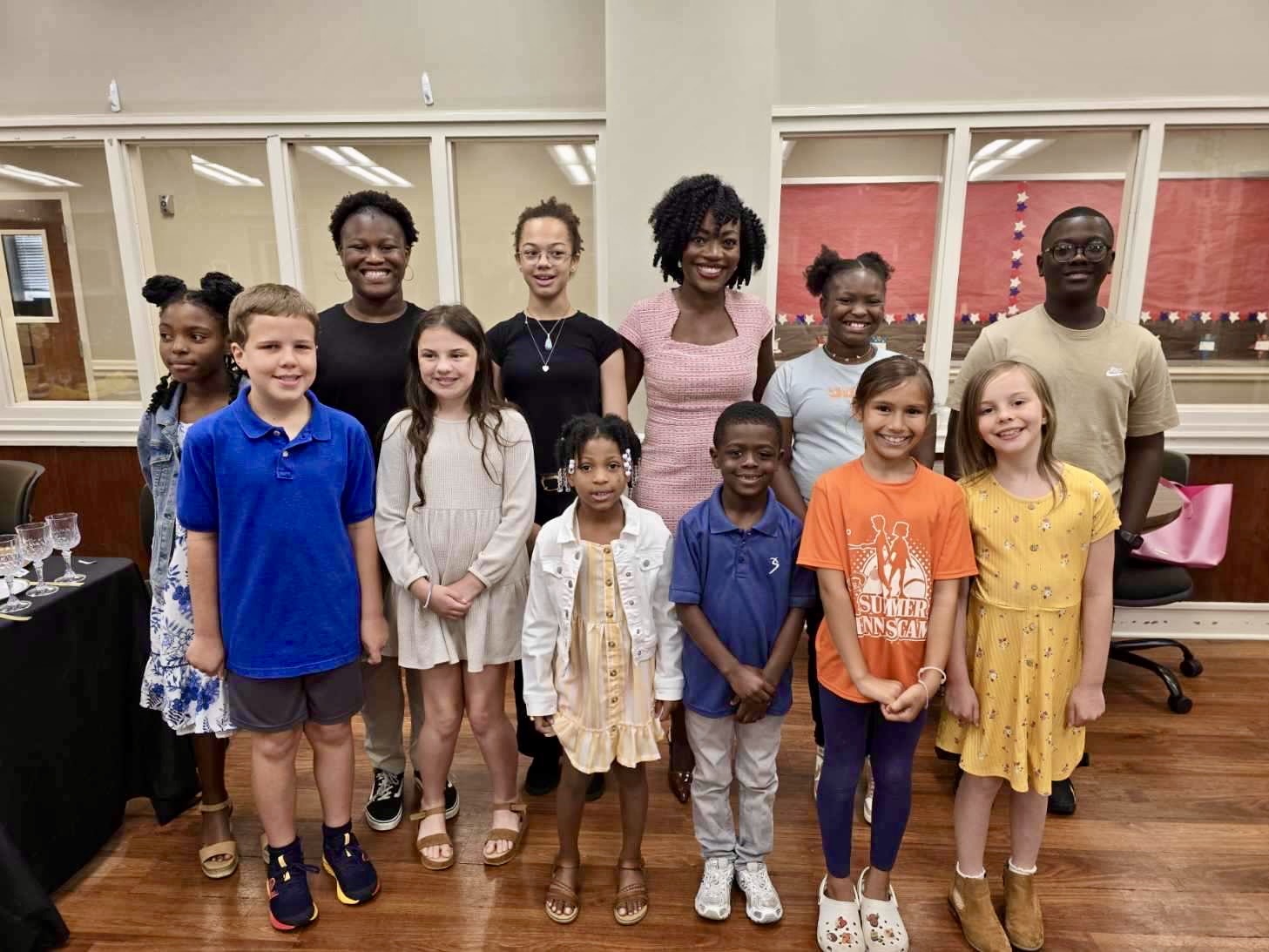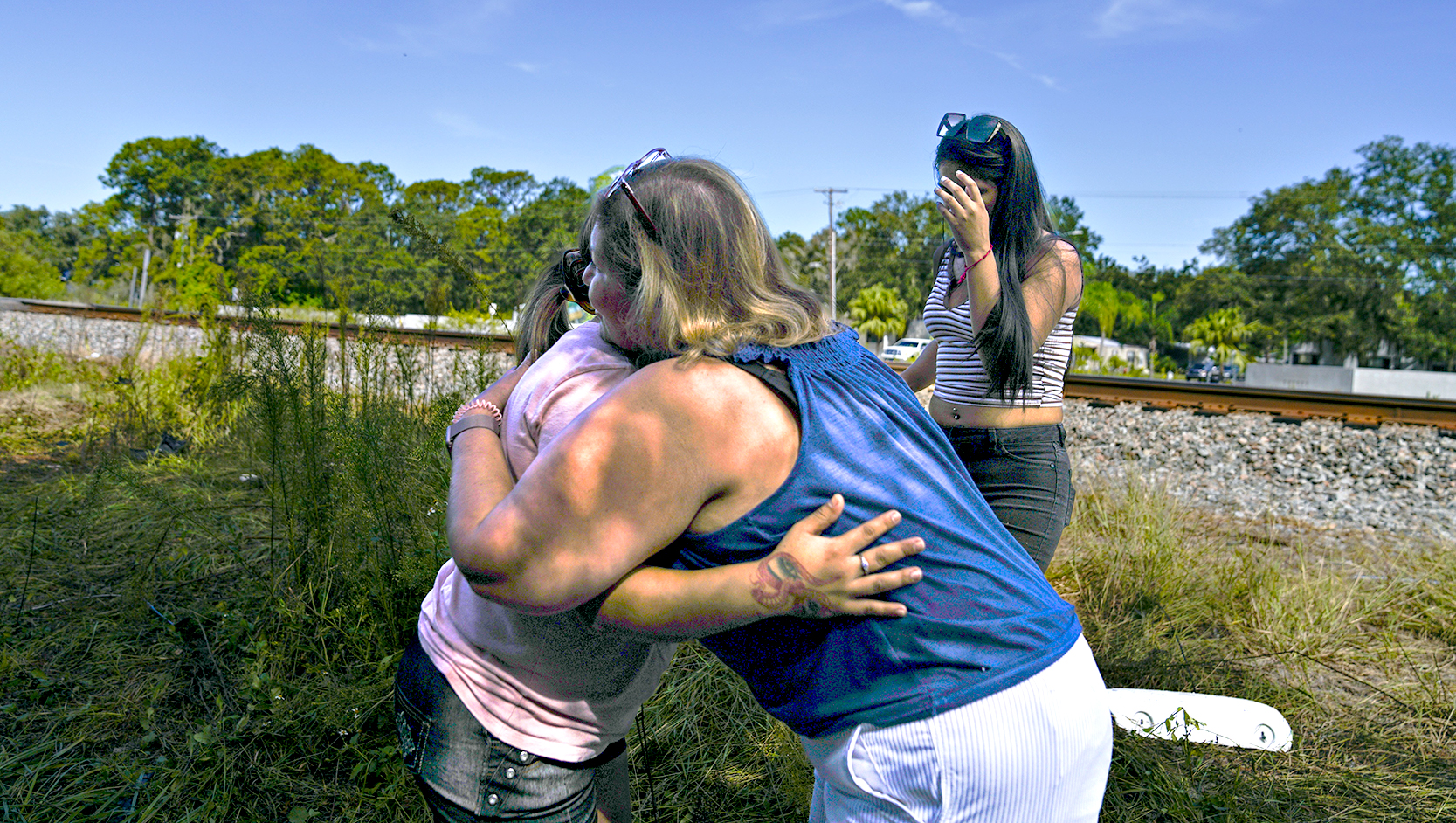On the hunt for ancient seeds
Published 5:58 pm Sunday, July 12, 2015

- SEEDS OF RENEWAL PROGRAM/IMAGEThis graphic provided by the Seeds of Renewal Project shows five rare varieties of beans indigenous to the territory of the Wabanaki Native American tribe. At the Rokeby Museum in Ferrisburgh, Vt., on July 19, Project Director Fred Wiseman will discuss his search for the seeds of rare and ancient varieties of corn, bean and squash.
FERRISBURGH, N. Y. — Fred Wiseman is a man on a mission.
Wiseman hunts ancient corn, bean and squash seeds the way a detective might follow a case. A rumor here. An old story there. The director of the “Seeds of Renewal Project” at the Rokeby Museum in Ferrisburgh, Vermont, Wiseman has even crossed state lines in the hunt for a seed.
“I started in 2011 and talked to a Mohawk ethnobotanist friend of mine,” said Wiseman, who is a Johnston State College emeritus professor of anthropology and ethnobotany and member of the Sovereign Abenaki Nation.
“His name is Steve McComber. He’s from Kahnawake. He gave me a beginning list of corn, bean and squash varieties he suspected were Abenaki. That’s how the seed search began.”
Wiseman tried to track seeds in Vermont but only discovered the cranberry bean.
“People have heard of them but no one had them,” Wiseman said.
“But people knew people who knew people, and I went online. Thank goodness for the Internet. By the end of 2012, I tracked down about 15.”
He pinged on Roy’s Calais, a variety of corn.
“I found it at an organic seed producer in Vermont,” Wiseman said. “That was one of the earliest ones. I found another source for a Vermont bean that started in Chester, Vermont. called the skunk bean.”
He found a woman in Colorado that raised the bean.
“Steve McComber put me in touch with some seed savers all the way in Manitoba,” Wiseman said.
“I got a tiny, little variety of corn called Gaspé. I also got Algonquin squash that is supposed to be growing in this area.”
He chatted with cantankerous farmers, who remembered some of the lost varieties.
“By 2014, I was able to track some Vermont varieties of corn, bean and squash being grown in little hill farms,” Wiseman said.
He netted the Dolloff bean.
“That’s a really weird bean grown over in the Northeast Kingdom.”
Wiseman is working with the Koaf, who live in the Connecticut River Valley around Haverhill, New Hampshire.
“I found rumors of Lancaster bean only 15 miles from there,” he said. “I know people who know people who know the person that is supposed to have it. I really want to get that particular variety back to them.”
In his quest to resurrect a new indigenous cuisine, Wiseman is hot on the trail of a Tene bean that originates with the Passamaquoddy on an island off Maine’s coast.
The Fortin bean leads him across Vermont’s border into Quebec.
“Some of these people don’t have the Internet, so I have to write them,” Wiseman said.





